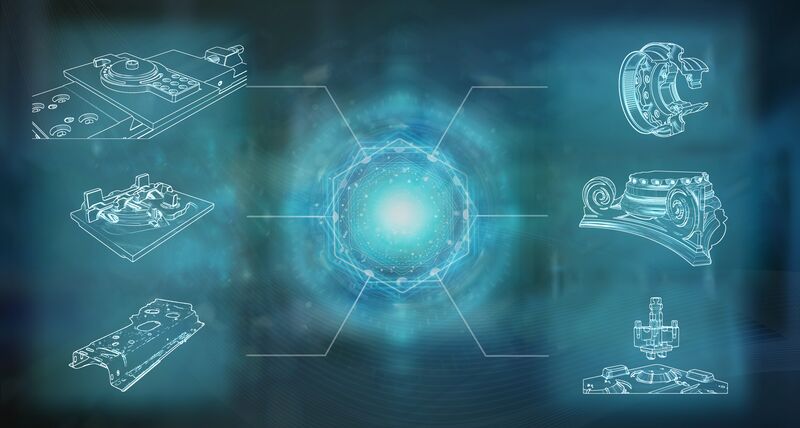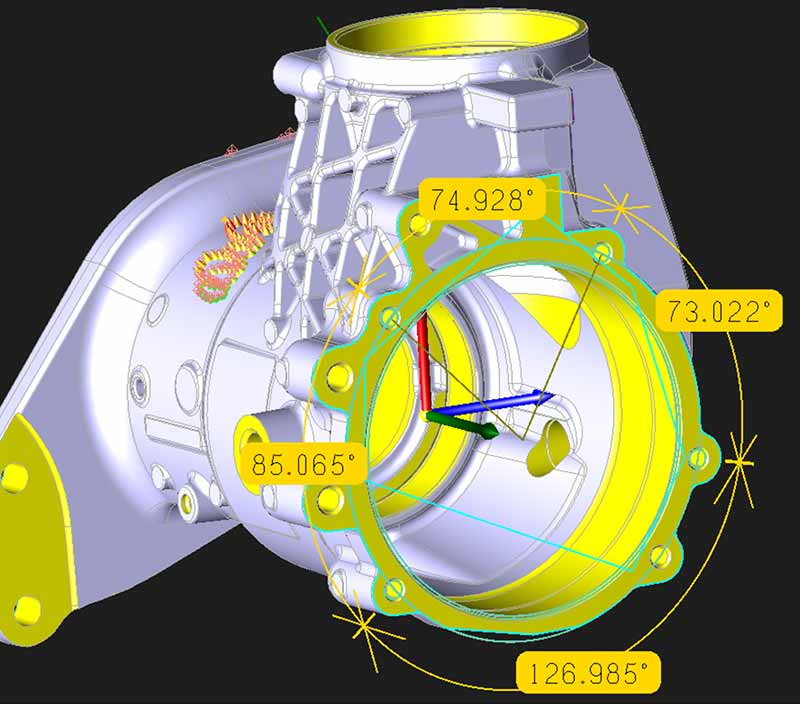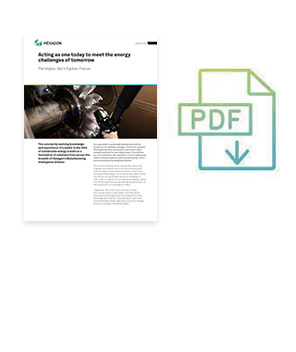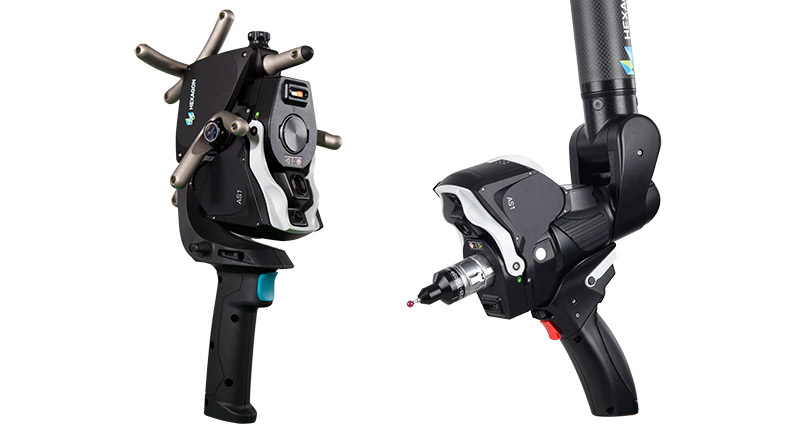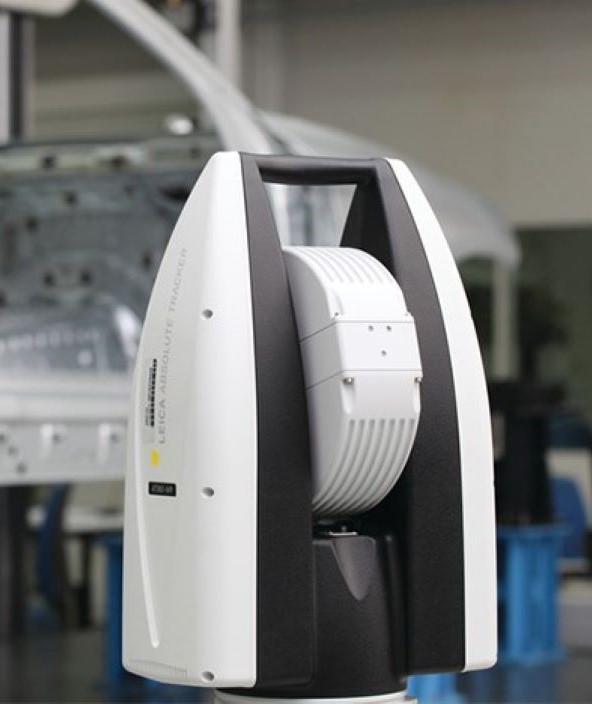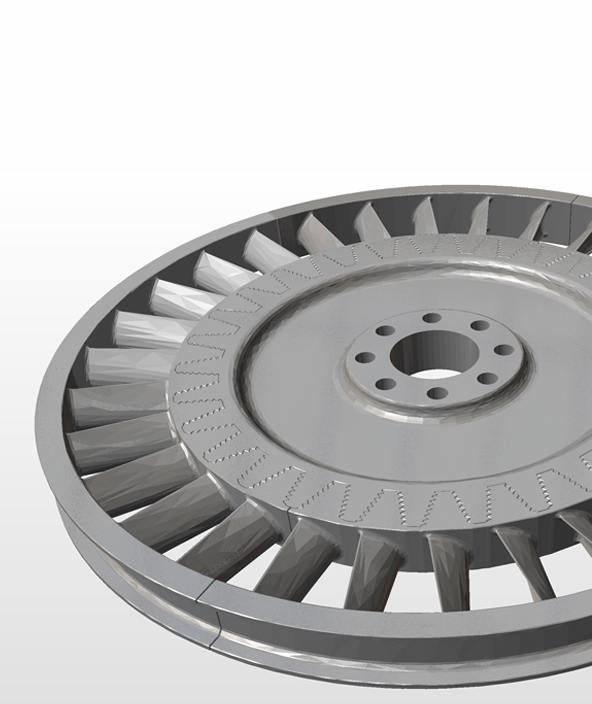Acting as one today to meet the energy challenges of tomorrow
The constantly evolving knowledge and experience of a leader in the field of sustainable energy is built on a foundation of solutions from across the breadth of Hexagon’s Manufacturing Intelligence division
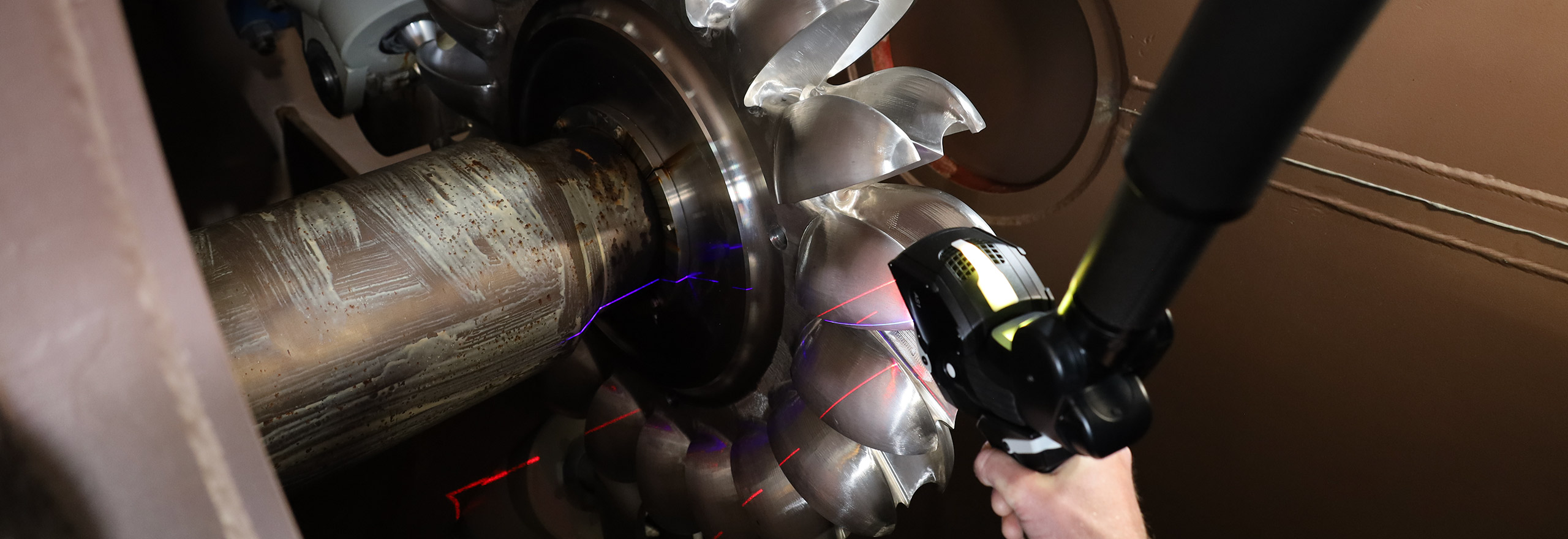
As a specialist in sustainable development and the production of renewable energies, the French company Pienergies has been assisting its customers in their energy transitions for over twenty years. Its activities are concentrated on the realisation of micro hydropower plants and photovoltaic projects by developing control and command and by designing turbines.
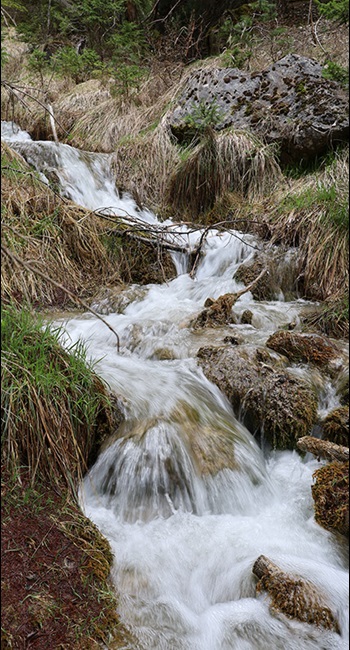 The choice to develop micro hydropower plants was originally motivated by technical and environmental reasons linked to the business’ position in the French Auvergne-Rhône-Alpes; micro hydropower plants follow the natural course of water and sit on the banks of rivers, with no need for the ecological damaging creation of artificial lakes that are typically demanded as part of the construction of hydroelectric dams.
The choice to develop micro hydropower plants was originally motivated by technical and environmental reasons linked to the business’ position in the French Auvergne-Rhône-Alpes; micro hydropower plants follow the natural course of water and sit on the banks of rivers, with no need for the ecological damaging creation of artificial lakes that are typically demanded as part of the construction of hydroelectric dams.
Logistically, the construction process of these micro power plants is also lighter, and they are far less expensive and generally more respectful of the landscape and local life, representing an even more environmentally friendly approach to a form of energy production already considered ‘green’.
Since 1999, the ideal location of Pienergies in the Auvergne-Rhône-Alpes region has allowed the business to develop its experience in hydroelectric power generation, by supporting the industries already based near the local watercourses, quickly leading to demand for additional energy production.
The company’s attention has gradually expanded to encompass other ‘green’ energies in a more general way, with their activities now divided as follows: roughly half is devoted to the production of hydroelectric power plants and photovoltaic panels, 30 percent to the management of these energies, 18 percent to automation projects and the remainder to the installation of charging stations for electric vehicles.
The company’s strength lies in its versatility and technical expertise, which defines it as a true specialist in the field of sustainable energy. “Our vision is technical competence above all,” explains Kevin Moland, Managing Director of Pienergies. “This is what we want to develop, especially in Europe. Supporting and monitoring customers, including maintenance, at various stages of our projects, is one of our core competencies.”
It is on this global level that Pienergies and Hexagon are working together, through the development, production and operation of Pelton turbines, which are essential for the proper functioning of hydroelectric power stations. Pelton wheels – as they may also be called – are bucket wheels that are activated by the water spray they receive. They are responsible for taking the crucial first step in bringing the kinetic energy of the natural world into the artificial system that can transform that energy into useful electricity.
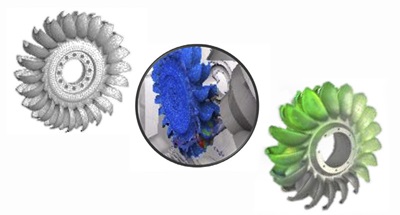 Their design is very complex because it must take into account all the parameters of the water’s contact with the turbine buckets, as well as the location of the hydroelectric power station. Accounting for the lateral flow of the water over the concave parts of the buckets, whose flow must have the lowest possible residual speed, is a crucial design parameter. All this means that every micro hydropower plant that Pienergies produces requires an entirely custom Pelton wheel designed for its highly specific situation.
Their design is very complex because it must take into account all the parameters of the water’s contact with the turbine buckets, as well as the location of the hydroelectric power station. Accounting for the lateral flow of the water over the concave parts of the buckets, whose flow must have the lowest possible residual speed, is a crucial design parameter. All this means that every micro hydropower plant that Pienergies produces requires an entirely custom Pelton wheel designed for its highly specific situation.
This is an ideal use case for Hexagon’s across-the-board range of manufacturing solutions, from design, engineering and manufacturing software through to inspection software and hardware. Pienergies aims to optimise the production of its micro hydropower plants by designing a ‘digital library’ and a single intelligent production flow based on Hexagon’s range of end-to-end solutions.
Rigour in the service of renewable energy
Hexagon’s design process begins with the use of portable metrology equipment in combination with reverse engineering and inspection software.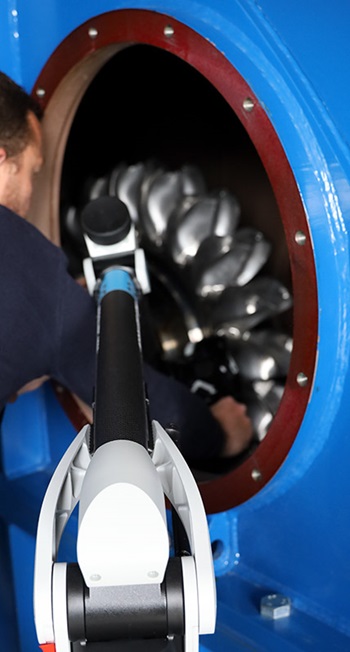 The Absolute Scanner AS1 is used for fast digitisation and unrivalled accuracy – up to 1.2 million high-quality measurement points collected per second. The scanner is mounted on an Absolute Arm 7-Axis portable measuring arm that provides a single coordinate referencing system for the collected scan data and has the versatility and robustness to operate under non-traditional measurement conditions – even in a highly humid environment, such as that naturally found in the micro hydro industry, the Absolute Arm retains its accuracy and reliability thanks to its IP54-rated construction.
The Absolute Scanner AS1 is used for fast digitisation and unrivalled accuracy – up to 1.2 million high-quality measurement points collected per second. The scanner is mounted on an Absolute Arm 7-Axis portable measuring arm that provides a single coordinate referencing system for the collected scan data and has the versatility and robustness to operate under non-traditional measurement conditions – even in a highly humid environment, such as that naturally found in the micro hydro industry, the Absolute Arm retains its accuracy and reliability thanks to its IP54-rated construction.It was precisely for this reason that Pienergies decided to call on Hexagon. Its Pelton wheels can weigh up to 1400 kilograms, which means measurement within the installation under the challenging conditions on the floor of a hydropower station is a non-optional requirement of the application.
Once all the necessary measurement data has been collected, Hexagon’s software takes over. The intelligent reverse engineering phase begins with the use of the REcreate and DESIGNER software packages, resulting in a detailed CAD model of the measured wheel. This model subsequently becomes the centre of the intelligent design simulation stage of the process, with the goal of optimising the performance of the Pelton wheel.
The Cradle scFlow computational fluid dynamics software will run simulations based on the CAD model under actual operating conditions to ensure that the prototype meets efficiency expectations.
With a new design obtained by using the calculations made by Cradle to update the digital model made by REcreate and DESIGNER, the model is then transferred to the Simufact Additive software to produce a first digital prototype.
A key element of Simufact Additive is its ability to predict possible distortions and residual stresses in the manufacturing process. Once the prototype has been validated, production of the newly optimised Pelton wheel can begin. Production is supported by ESPRIT, the CAM solution that uses the machine’s digital twin to simplify the programming process and ensure a ready-to-use ISO code.
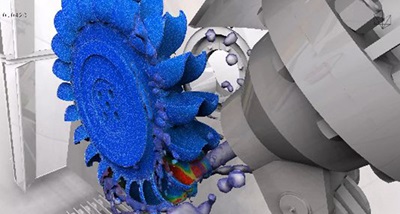 In addition to ESPRIT, NCSIMUL, the realistic NC machine simulation solution, will enable them to simulate, verify, optimise and review the machining programs generated by ESPRIT, based on the actual characteristics of the NC machine.
In addition to ESPRIT, NCSIMUL, the realistic NC machine simulation solution, will enable them to simulate, verify, optimise and review the machining programs generated by ESPRIT, based on the actual characteristics of the NC machine.
In the machining centre, a large part of Hexagon’s hardware and software range can also be used, particularly in terms of probing techniques, for programming and pre-checking. For example, its tool setter allows length and diameter settings and the HxGN NC Server software provides access to an inspection dashboard directly on the machining centre without dismantling the workpiece.
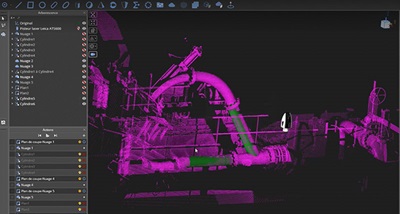 Once the Pelton wheels are produced and ready for use, their parts are disassembled and re-inspected for validation and digitisation by the Absolute Scanner AS1 and Absolute Arm duo, in combination with the intuitive Inspire inspection software.
Once the Pelton wheels are produced and ready for use, their parts are disassembled and re-inspected for validation and digitisation by the Absolute Scanner AS1 and Absolute Arm duo, in combination with the intuitive Inspire inspection software. During the production process and in post-production, it is equally important to ensure that the design intent is met. This includes monitoring the quality of manufacturing, which can be performed using the Q-DAS eMMA software to analyse batch tracking and compliance. Using HxGN Metrology Reporting will then make the inspection data available to different profiles simultaneously, simplifying the final validation and reporting process.
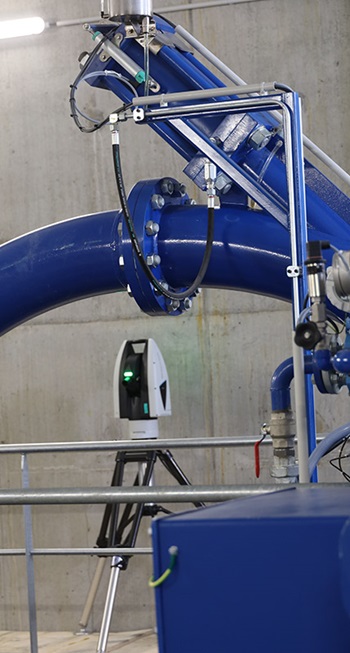 Finally, for hydroelectric power plants with Pelton wheels as large as five metres in diameter – beyond the easy reach of a portable measuring arm – the Leica Absolute Tracker AT500 laser tracker and its B-Probeplus wireless handheld probing accessory can be used for inspection requirements. The ESPRIT software is used for hybrid repair and part reproduction.
Finally, for hydroelectric power plants with Pelton wheels as large as five metres in diameter – beyond the easy reach of a portable measuring arm – the Leica Absolute Tracker AT500 laser tracker and its B-Probeplus wireless handheld probing accessory can be used for inspection requirements. The ESPRIT software is used for hybrid repair and part reproduction. Going even further, the Leica Absolute Tracker ATS600 direct-scanning laser tracker also allows the mechanical environment of the entire plant to be scanned at any stage of the installation, all without the need for any type of measurement target at the point of measurement.
“Hexagon works with us in all phases of the project,” explains Moland. “From design, to fluid analysis, to scanning our parts and maintenance. Hexagon’s expertise is what allows us to provide necessary specific technical services.”
Just as Pienergies’ customers know they can rely on their partner without hesitation, the group has forged close ties with Hexagon for the same reasons. “When it comes to the installation of new micro hydropower plants and repairs, production is the key,” says Moland. “You need responsiveness, competence and pragmatism, especially when it comes to repairs. Hexagon operates in a similar way to Pienergies in the way it carries out projects, and both companies share the same DNA.”
A close cooperation at every stage
“We have had a long-standing relationship with Hexagon – now over 12 years – and they support us on all types of projects, including civil engineering, control and command, project management, feasibility studies abroad, and more.”The idea here is to offer a complement to nuclear and oil energy and to position ourselves in the current energy transition. “Over the last thirty years, we have been able to see that all the players, especially the politicians, are moving in the right direction. On our scale, our fleet offers 100 percent renewable energy. All the more so as we have the means to offer a local and viable source of energy.”
Pienergies’ ambitions are to consolidate their presence in the Rhône-Alpes region, in mainland France and its overseas territories, but also to open up internationally, with a focus on South Africa, Eastern Europe and Latin America. With Hexagon’s complete suite of solutions now in place, they have the foundation to do that and more.

